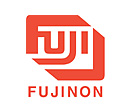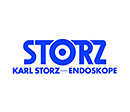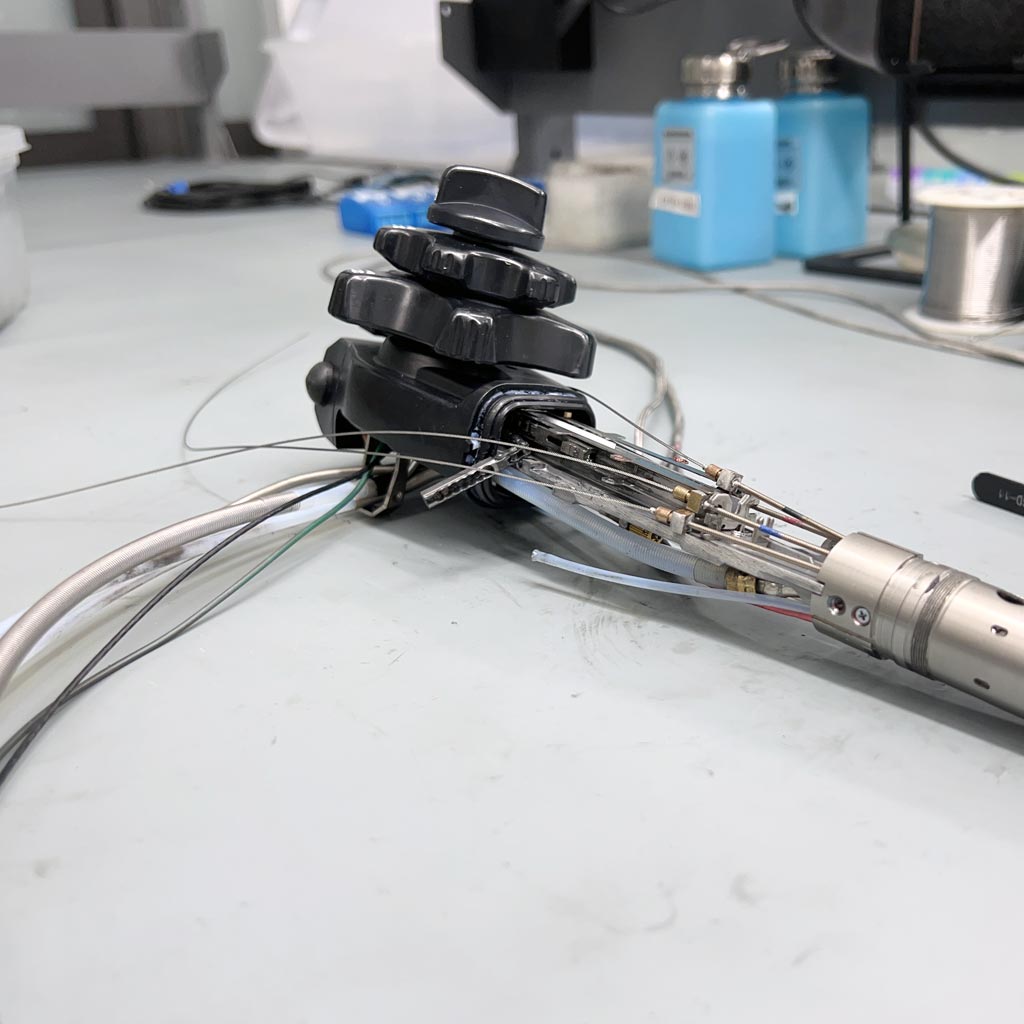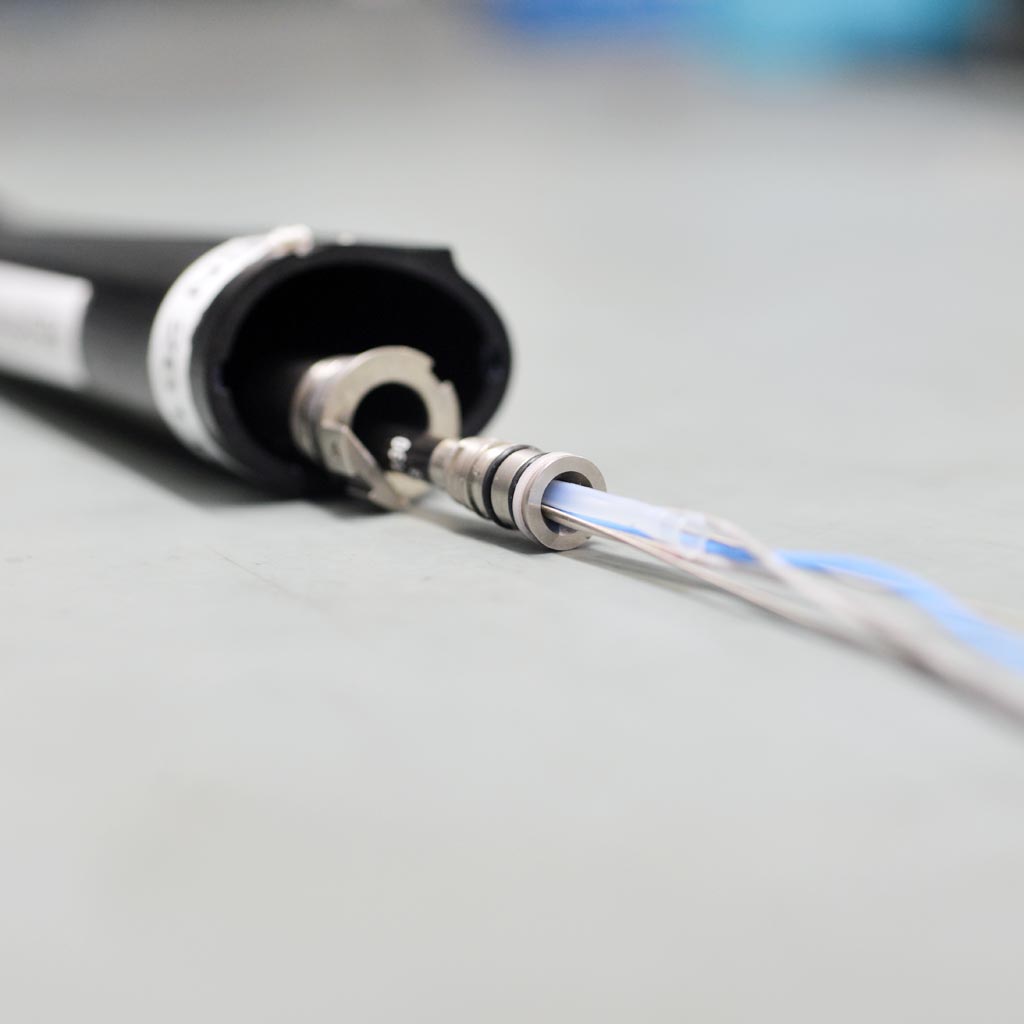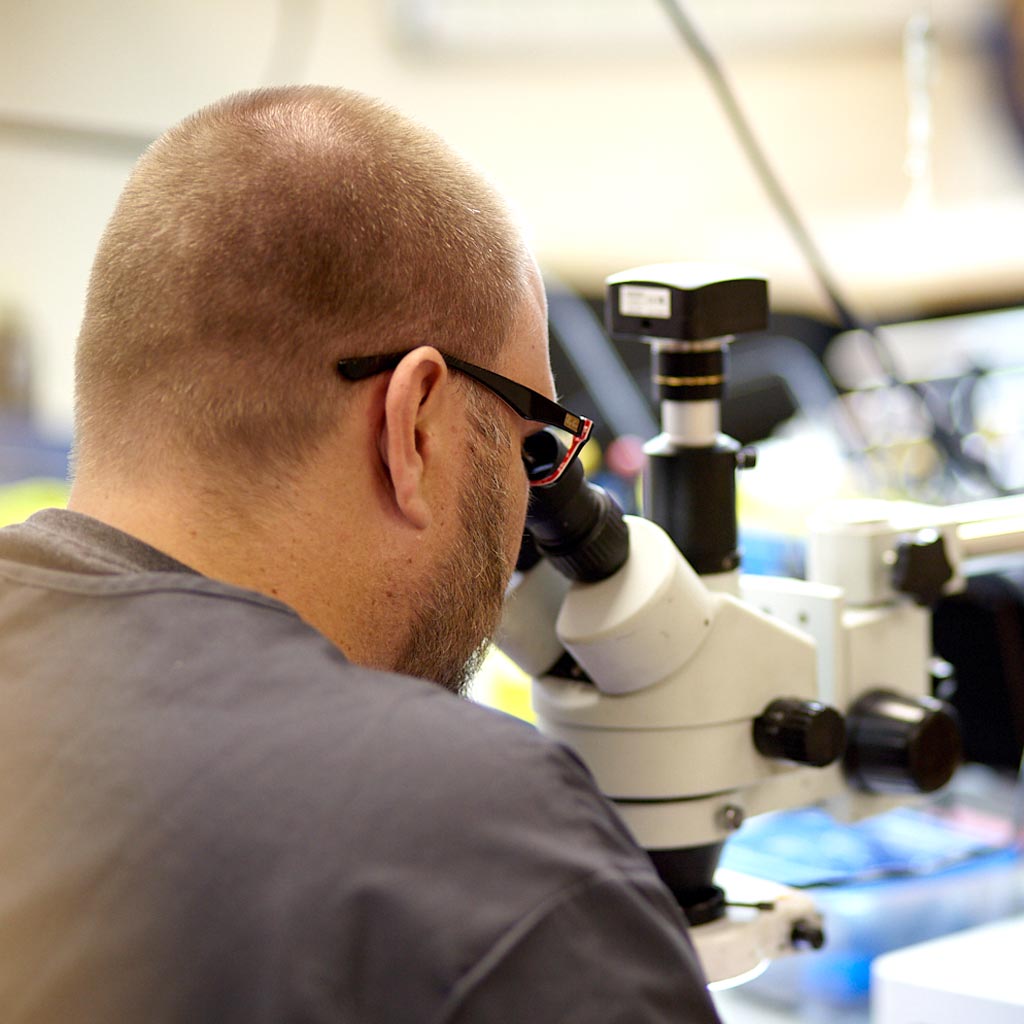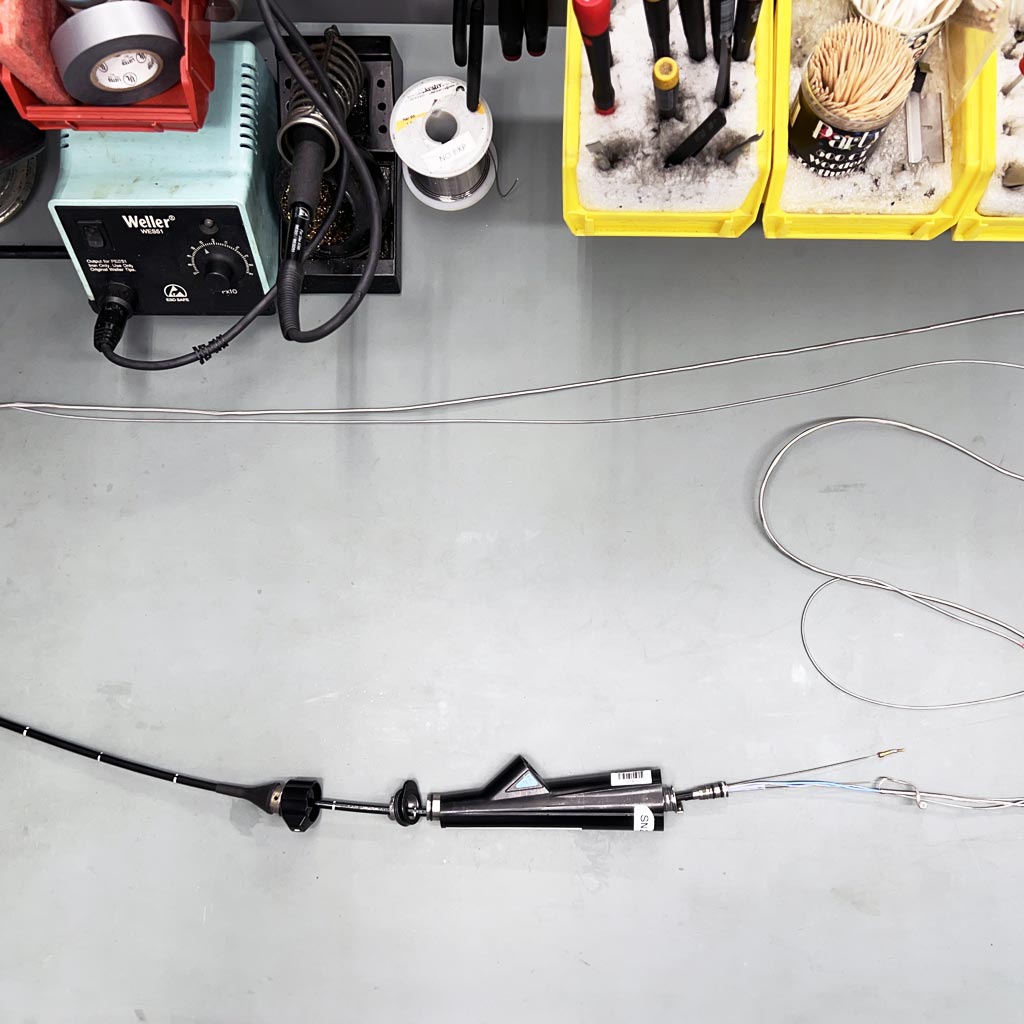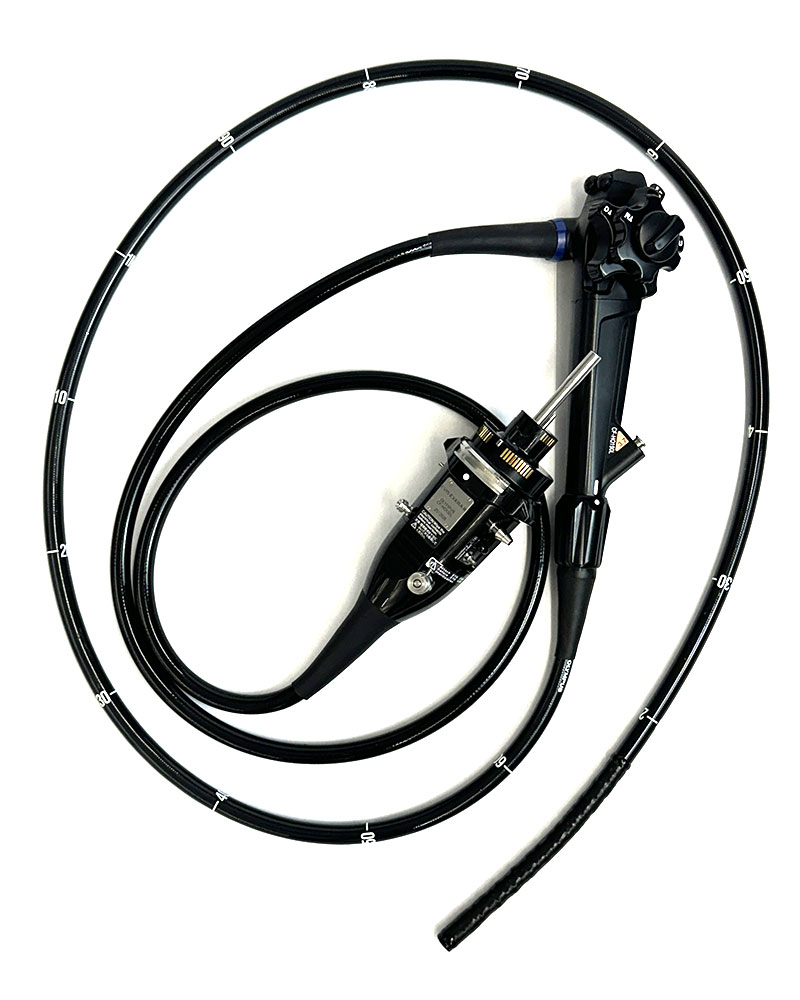
THE TSEP DIFFERENCE
 Large Diameter Flexible Endoscope Repair
Large Diameter Flexible Endoscope Repair
Our manufacturer-trained technicians are at the top of their field and promise to treat each endoscope repair with expert precision and know-how. We are one of an elite group of repair companies authorized to perform service on endoscopes owned by government medical facilities.
From fixing leaky bending rubbers and unclogging nozzles to replacing all channels, light bundles and insertion tubes, our technicians are able to perform high quality repairs on your flexible endoscopes. As an ISO-certified facility, we strive to offer the best possible service to our global customer base. Be sure to ask about our loaner program—one of the many ways TSEP goes above and beyond to serve your surgical equipment repair needs.
Flexible endoscope repair involves the maintenance and restoration of medical endoscopes that are used for internal examinations. These instruments are complex and delicate, so repairs must be performed by trained professionals, typically at specialized facilities. We also repair small diameter endoscopes.
Summary of Flexible Endoscope Repair
Purpose:
To restore functionality and safety to large diameter flexible endoscopes that are damaged or malfunctioning, ensuring they meet performance and regulatory standards.
Common Issues Requiring Repair:
-
Insertion tube damage (cracks, tears)
-
Angulation control problems
-
Light or image transmission issues
-
Leaks detected during leak testing
-
Biopsy channel blockages or wear
Repair Process:
-
Initial Inspection: Visual and functional evaluation, often followed by a leak test.
-
Diagnosis: Identification of specific faults (mechanical, optical, or electronic).
-
Disassembly: Careful disassembly in a clean environment.
-
Component Replacement/Repair: Damaged parts like bending sections, CCDs, or insertion tubes are replaced or fixed.
-
Reassembly and Testing: Device is reassembled, tested for leaks, image quality, angulation, and other performance metrics.
-
Final Quality Control: Ensures compliance with OEM or regulatory standards.
Types of Repairs:
-
Minor: Replacing seals, O-rings, minor adjustments.
-
Major: Replacing major parts like light cables, control bodies, or image sensors.
Can’t find what you’re looking for?
Call toll free 1-800-268-5645 to speak with one of our surgical equipment repair specialists.
*The Surgical Equipment People is not affiliated in any way with the companies listed above. Logos are shown for illustrative purposes only and are copyright protected by their respective owners. No implication is made or intended that any of these manufacturers endorse our services. Please contact us for more information.




